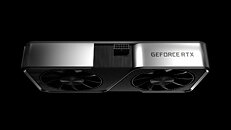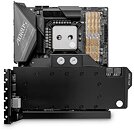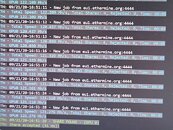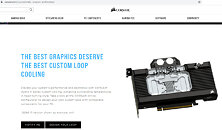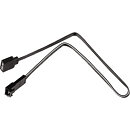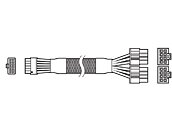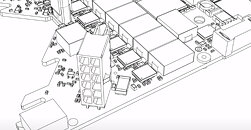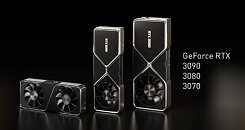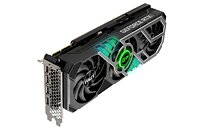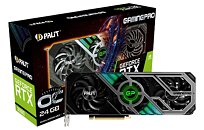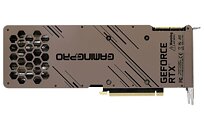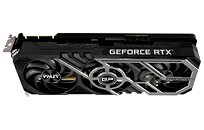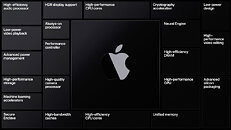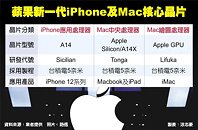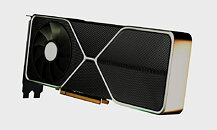
NVIDIA Building UK's Most Powerful Supercomputer, Dedicated to AI Research in Healthcare
NVIDIA today announced that it is building the United Kingdom's most powerful supercomputer, which it will make available to U.K. healthcare researchers using AI to solve pressing medical challenges, including those presented by COVID-19.
Expected to come online by year end, the "Cambridge-1" supercomputer will be an NVIDIA DGX SuperPOD system capable of delivering more than 400 petaflops of AI performance and 8 petaflops of Linpack performance, which would rank it No. 29 on the latest TOP500 list of the world's most powerful supercomputers. It will also rank among the world's top 3 most energy-efficient supercomputers on the current Green500 list.
Expected to come online by year end, the "Cambridge-1" supercomputer will be an NVIDIA DGX SuperPOD system capable of delivering more than 400 petaflops of AI performance and 8 petaflops of Linpack performance, which would rank it No. 29 on the latest TOP500 list of the world's most powerful supercomputers. It will also rank among the world's top 3 most energy-efficient supercomputers on the current Green500 list.

